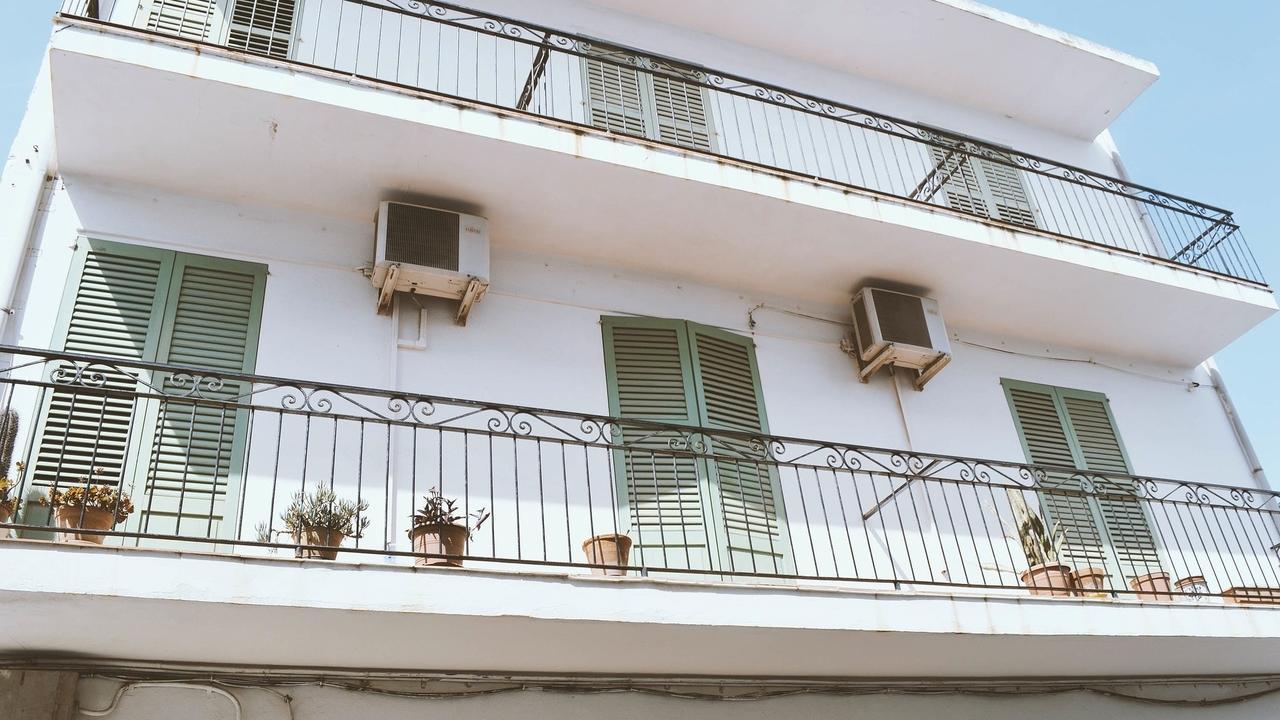Finance For Commercial Premises

THE QUESTION
We are looking at a large fish and chip shop, rented out at £750 pcm, with about 10 years left on the lease. The building also has two large flats above the shop – both currently empty. Can you recommend a commercial mortgage provider?
THE ANSWER
There is more than one way of approaching this.
Having 10 years left on the lease is good and will give you brownie points with commercial lenders. However, they won’t be happy with the 2 two empty flats. With commercial mortgages, lending is based on a multiple of the rent income - those two empty flats are going to hit what you can borrow.
This means you’ll need to put in a way bigger deposit than you would if they were tenanted and contributing to the rental income. To the point where you may struggle to come up with enough cash to get the deal over line - unless you are flush with cash.
Are these flats in a ready to rent condition? If so, could you line up tenants and get their ASTs signed, even though they couldn’t ac...
Building a BTL portfolio on a budget

THE QUESTION
Currently I have a BTL via a limited company, with a value of £124k. There is £53k outstanding on a repayment mortgage with 12 years remaining. My current interest deal expires in about three months’ time.
I have no spare cash in bank, the rent literally comes in and pays the bills and what's left pays the annual tax return.
The property has long-term, decent tenants who have been in residence for three years and plan on staying, although this is not a problem as, if they decide to leave, it will rent easily
I want another BTL with a value of around £100k and plan to use the equity from the current property to raise the deposit, fees, SD etc (max £30k). Then to repeat this until I have 5 BTL properties.
Do I switch my current BTL mortgage to interest only and also the new mortgage on interest only?
Or the new mortgage on repayment?
Or switch the current BTL mortgage to interest only for 12 months, get some capital and look at this again in 12 months when price...
Profit is not just a waiting game

THE QUESTION
I plan to purchase four BTL properties over the next 12-18 months, with a value circa £200,000 each, all on 75% mortgages through my limited company.
Rental income for each will only be around £850 per month, less interest payments and maintenance cost net £500 - £600 max. I intend to leave the rental income in the company as taking it would push me into an unreasonable tax bracket.
Property prices in the area I live have doubled within the last 10 years, and will probably do the same over the next 10 years, so using that equation purchase price of 4 = £800,000
Potential value after 10 years = £1.6m
Would you work it differently?
THE ANSWER
Rental income of £850 on a £150k mortgage just about scrapes the required rent to borrow 75%, so it ticks that box.
If you just want 'minimal effort, sit back and let it happen' type of investing and four properties satisfies your landlord portfolio needs, then buying four ready-to-rent £200k properties and parking your £200k ...
Is build-to-rent a viable strategy?

THE QUESTION
I’ve been looking at developments, if I was to cash build let’s say a row of terraced houses, once built can I refinance at whatever LTV available, take the cash, and rent the properties out under the company?
I’m just looking at other avenues rather than the normal build and flip scenario. I’d like to know if there are any implications if I wanted to build properties with the sole purpose of refinancing and renting out.
THE ANSWER
Build to rent is an established concept, so getting finance to pull your cash out should be fairly straightforward.
You should be building to a minimum profit margin of 20% of GDV, but preferably more. You can finance at 75% of GDV - subject to the rental income being sufficient to borrow that loan to value.
One element that should add to your bottom line profit with build-to-rent is the standard of internal finish. If you are building to sell that quality has to be good enough to convince would-be buyers to part with tens, probably hund...
Who will live in your properties?

If you’re a landlord you need tenants - not least because you’ve got a mortgage to pay or a bridging loan to pay back. When you purchase a property do you have an idea of who will want to rent it?
If you’re doing a refurb your potential tenants may influence your choice of décor and layout. For instance:
Student accommodation needs to be robust and easy to clean, so no fancy wallpaper and plenty of workspace will be needed in the kitchen to accommodate more than one meal being prepared at a time. An efficient and cost-effective hot-water system is important for high demands for showers, laundry and kitchen use.
A family home can offer more up-market fixtures and fittings to make it attractive to potential occupants. Generally, it’s wise to decorate in neutral colours to avoid alienating a possible tenant who doesn’t like a particular strong colour.
Finding your tenant
This depends on how much effort you want to put in.
- If you have good relationships with estate agents who o ...
Refurb and flip

Many property investors focus on buying property, adding value by refurbing and then reselling or refinancing as a buy-to-let. It’s the core of most property investment.
Of course, there are many other strategies, but let’s look at how you make finance a refurb and flip effectively.
1: Find a suitable property
This might be a property with a motivated buyer where you can negotiate a deal below market value. This will benefit you in reducing the amount of capital you will have to invest.
2: Calculate refurb costs
It’s important to do this exercise carefully - no guesstimates. The refurb needs to improve the value of the property too or you’ll lose money on the deal, especially if you plan to resell right after refurb.
Getting your money out and repaying your loan should leave you with a healthy profit. Work out what you want to make on the deal, then work out exactly what your refurb will cost. When you’ve got these figures you should be able to work out if the deal is wort...
100% finance – too good to be true?

If you’ve been in property a while you may remember the halcyon days of 100% finance for buy-to-let mortgages. Sadly, all long gone, since the credit crunch sent the banks running for higher ground where deposits are required.
I’ve just discovered that there’s a new player in the field offering 100% finance for development projects.
This is a finance opportunity for new build or conversion projects looking for £500K upwards. They are offering 100% finance in return for a 50:50 share of the profits for the right deals. It’s virtually a JV, with a sophisticated investor who understands property.
Usually a developer needs to front up between 30-50% of the land purchase to get the project going, but this new finance option will lend 100% - with a few criteria.
Do you qualify?
- The loan can be from £500K upwards.
- There’s NO INTEREST – but the profit on the gross development value (GDV) of the project must be at least 30% and there will be 50:50 split of the profits.
- Ideally you’ ...
Bridge-to-let finance - one lender or two?

THE QUESTION
I’ve heard that if you use the same lender for the refinance on a buy/refurb/refinance project you can get down-valued. Does that mean you should always use different lenders?
THE ANSWER
There are very few lenders offering bridge-to-let products, essentially it requires a mortgage lender who is also happy to offer a bridging product and lenders like that are a rarity among mortgage lenders.
The advantage is that for a buy/refurb/refinance project, you can move seamlessly from bridge to mortgage without extra fees or needing to wait 6 months to apply to for refinance.
Bear in mind that, compared to a true bridger, the initial underwriting can take longer (massively longer with one B2L lender) because they are underwriting the mortgage at the back end to begin with, not just the bridging part.
Also the mortgage rate at the back end may also not be as competitive, depending on the work you are doing to improve the property, as you could get by separating the bridging ...
One building, five flats

THE QUESTION
If I buy a property with five flats and then split the titles and try to get 5 BTLs mortgages for the flats: would there be an issue with mortgage providers not being willing to provide mortgages in the same building?
THE ANSWER
Simple answer - yes. This issue confuses a lot of investors.
- You cannot be both freeholder and leaseholder, so the freeholder must be a separate entity to the leaseholder/s. Often this means using/creating a Ltd Co to own the freehold
- BTL lenders have over exposure rules. This means they restrict lending in any given block to 20/25% of the total number of flats. In this case, five flats means you will need to find five different lenders
- BTL lenders don’t like the same entity owning all the leases in a building. So having all five leases in the name of the same leaseholder will cause problems. You may not need five different people on each of these leases, but you will need a minimum of two each owning two or three leases. If these peopl...
BTL mortgages for HMOs

THE QUESTION
What method of financing do you use to purchase a property to convert to an HMO, before re-financing to an HMO product? I'm being told by a broker it won't be possible to get a mortgage, (not due to the fact the house is not mortgageable, but due to the fact I’ll be carrying out ‘extensive works’) and that I have to use bridging.
Are there any mortgage lenders who will allow you to do works on a property? What are the parameters for this?
Or is bridging my only option?
THE ANSWER
Your broker is correct in so far as no mortgage lender would allow you to do the level of work required to convert a property to an HMO, whilst you had a mortgage with them.
It’s not so much that lenders don’t allow you to do work to improve the property, they do, but converting to an HMO and then filling it with multiple tenants breaches the T&Cs for that type of mortgage, which usually allows only one AST for the property. The result is that they won’t allow you to do the work that lead...




